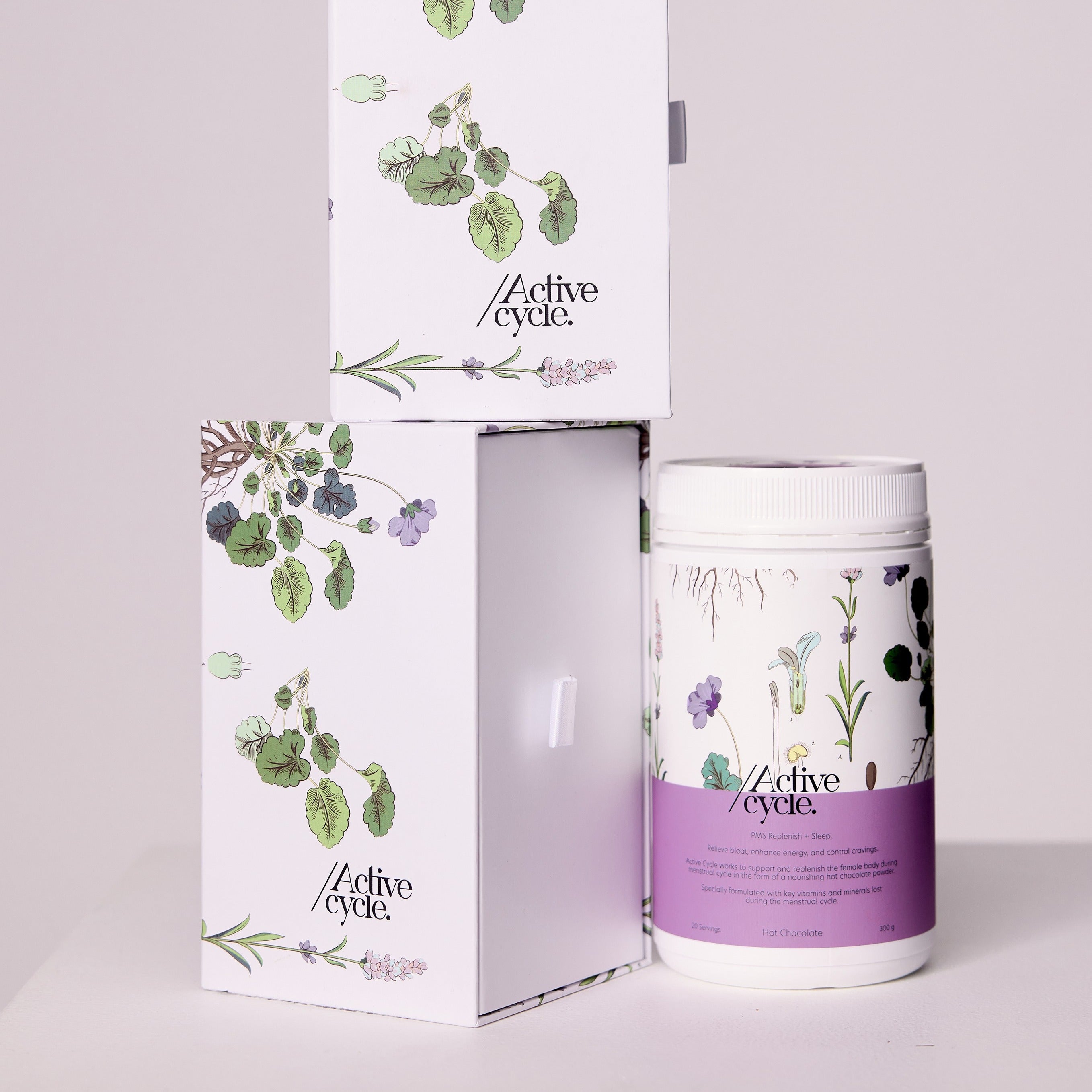FODMAP’s or more commonly the low-FODMAP diet is increasing in popularity within the nutritional therapy space to help alleviate gastrointestinal (GI) issues such as IBS. FODMAP is the acronym for fermentable oligosaccharides, disaccharides, monosaccharides and polyols, a collective category of short-chain carbohydrates. These short-chain carbohydrates or more simply sugar molecules can cause significant tummy upset for many.
The discomfort or compounding issues that people may experience with these short-chain carbohydrate foods is due to the ease of which these sugars are able to ferment within the intestine, more specifically our small intestine. Essentially, they remain unabsorbed within our digestive tract, where they would normally be broken down effectively, and specific gut microbes begin fermenting the carbohydrates. Which can lead to the unpleasant symptoms of bloating, cramping, flatulence and diarrhoea.
Read on as we breakdown what specific foods are high FODMAP, what exactly is a low-FODMAP diet and how is it applied?
Foods Containing FODMAPs
Due to the large variety of short-chain carbohydrates that constitute FODMAPs let’s look at each individually.
Oligosaccharides: Often referred to as prebiotics oligosaccharides are found in many plant derived foods like onions, garlic, asparagus, wheat and some legumes such as soybeans.
Disaccharides: Super common in everyday nutrition, disaccharides include lactose (dairy), maltose (honey) and sucrose (fruit juice).
Monosaccharides: These include our carbohydrates known as simple sugars – fructose, galactose and glucose. Mostly found in fruits, for example a high fructose fruit is apple, and some vegetables.
Polyols: Polyols are sugar alcohols that are present in particular fruits, vegetables and sugar-free sweeteners like sorbitol and erythritol. Although they have shown positive effects within the microbiome of healthy individuals, they can cause flatulence, abdominal discomfort and a laxative effect in those with GI issues like IBS.
What is a Low-FODMAP Diet?
A low-FODMAP diet requires you to eliminate high-FODMAP foods from your diet. When people experience chronic GI upset practitioners such as naturopaths or clinical nutritionists may suggest this diet as a way of identifying what is causing the upset and also give the digestive tract time to settle and return to a comfortable, functioning state.
The elimination phase is, however, only followed for a short duration of time normally lasting between 1-2months. Any longer and it could cause nutritional deficiencies due to the large restrictive factor of the low-FODMAP diet.
After the elimination phase people are guided into reintroducing certain foods back into their diet. It is important that the foods are introduced one at a time to identify whether they are causing a trigger for the patients GI symptoms. For instance, whilst onions may be the cause of someone’s GI upset, apples may be the cause of another’s. Triggers are commonly individual and even come down to the type of FODMAP sugar causing the flare up such as oligosaccharides in the onion or high fructose in apples.
So, What Can I Eat?
Looking at our high-FODMAP food examples you can see that a lot of foods high in FODMAPs include fresh fruits, vegetables, legumes and dairy. Again, these naturally provide our body with essential vitamins and minerals, macronutrients and fibre that are necessary for optimal health and GI function.
However, the aim of a low-FODMAP diet is to get to the bottom of what is causing the issues so you can return to regular eating as soon as possible. The good thing is that there is still a whole variety of foods that are low-FODMAP, including different types of fruits and vegetables. So, although you may not be able to eat apples for a while, just ripened bananas, kiwi fruit, grapes and strawberries are all good to go! People are also encouraged to consume certain foods such as tofu, various nuts and quinoa which are low-FODMAP in order to keep their nutrient levels up.
This kind of restrictive diet should of course be followed and applied only under the guidance of a qualified practitioner to ensure it is followed correctly to avoid an altered microbiome, inappropriate use, disordered eating and only followed for a short duration of time, not forever.
Is Active Collagen FODMAP Friendly?
Collagen is a protein not a carbohydrate, so it isn’t fermentable within the GI tract. So if you have been prescribed a low-FODMAP diet collagen is still safe to consume. Active Collagen All-In-One Hair Skin & Nails contains stevia which is classified as a low-FODMAP sweetener by the Monash University FODMAP diet. You can also find the Monash University FODMAP diet app on the app store which is a fantastic resource for familiarising yourself with high and low-FODMAP foods.
Bellini, M., Tonarelli, S., Nagy, A. G., Pancetti, A., Costa, F., Ricchiuti, A., de Bortoli, N., Mosca, M., Marchi, S., & Rossi, A. (2020). Low FODMAP Diet: Evidence, Doubts, and Hopes. Nutrients, 12(1), 148. https://doi.org/10.3390/nu12010148
van Lanen, A. S., de Bree, A., & Greyling, A. (2021). Efficacy of a low-FODMAP diet in adult irritable bowel syndrome: a systematic review and meta-analysis. European journal of nutrition, 60(6), 3505–3522. https://doi.org/10.1007/s00394-020-02473-0
Davani-Davari, D., Negahdaripour, M., Karimzadeh, I., Seifan, M., Mohkam, M., Masoumi, S. J., Berenjian, A., & Ghasemi, Y. (2019). Prebiotics: Definition, Types, Sources, Mechanisms, and Clinical Applications. Foods (Basel, Switzerland), 8(3), 92. https://doi.org/10.3390/foods8030092
Qi, X., & Tester, R. F. (2019). Fructose, galactose and glucose - In health and disease. Clinical nutrition ESPEN, 33, 18–28. https://doi.org/10.1016/j.clnesp.2019.07.004
Hill, P., Muir, J. G., & Gibson, P. R. (2017). Controversies and Recent Developments of the Low-FODMAP Diet. Gastroenterology & hepatology, 13(1), 36–45. https://www.ncbi.nlm.nih.gov/pmc/articles/PMC5390324/




